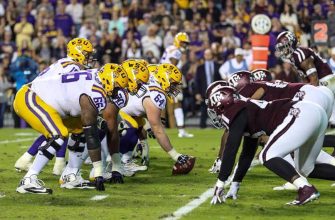Over 100,000 screaming fans packed into a massive stadium is an iconic image of American football. But just how many people can actually fit into these gargantuan sporting venues?
The answer might surprise you. While the average NFL stadium holds around 70,000 fans, some can exceed 100,000. College football stadiums are often even larger, with the University of Michigan’s “Big House” accommodating 107,601 people.
In total, enough Americans can watch a football game live every week to populate a small city. The amount varies based on the stadium, but maximum capacities stretch into the 6-figure range.
Calculating stadium capacities involves more than just adding up the seats. Standing room, luxury boxes, club seating, and the layout all play a role. Architects design stadiums to maximize the excitement and intimacy of the live experience.
So how many fans can a football stadium actually hold? Let’s crunch the numbers on these gridiron giants.
Average NFL Stadium Capacity
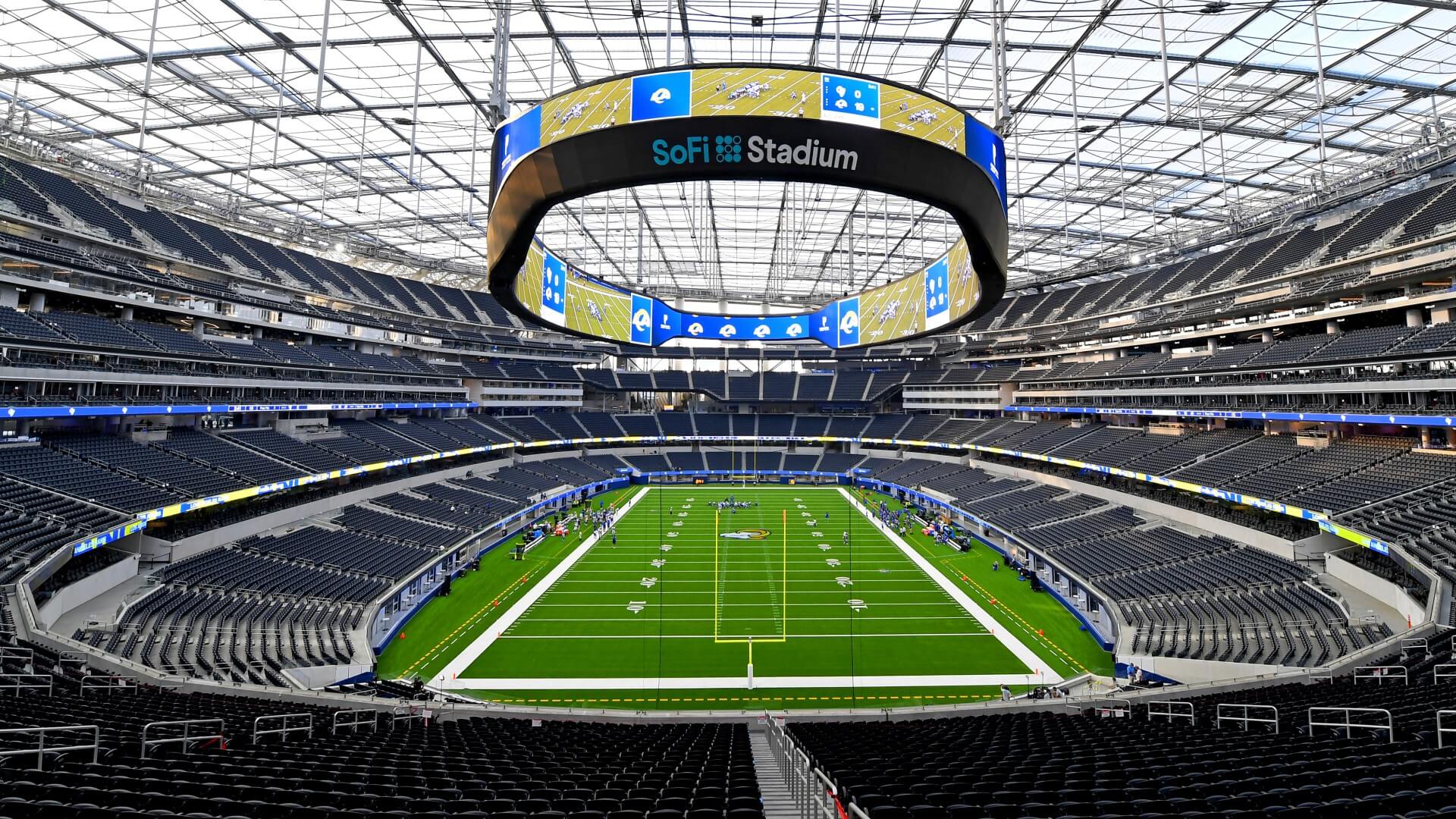
The average NFL stadium has a seating capacity of around 70,000 fans. This number can fluctuate from year to year as teams renovate their stadiums or build new ones, but 70,000 is a reasonable benchmark for the league overall.
Some of the factors that influence average capacity include:
- Location and market size – Teams in big metro areas often have larger stadiums than teams in smaller markets. The extra seating allows them to draw more fans from the surrounding region.
- Stadium age – Newer stadiums are designed for optimal spectator experience and comfort. They tend to have more seating options compared to older multipurpose venues.
- Luxury suites and amenities – Modern NFL stadiums devote more space to premium club seats, suites, and amenities. This displaces some traditional bench seating.
- Team popularity – More popular teams can fill bigger stadiums. Regional rivals also benefit from having expanded capacity for their head-to-head matchups.
While 70,000 is the typical NFL stadium size, capacities range from around 60,000 up to over 80,000 for the biggest venues. The distribution of seating across general admission, club, and suite levels also varies by stadium.
Largest NFL Stadiums
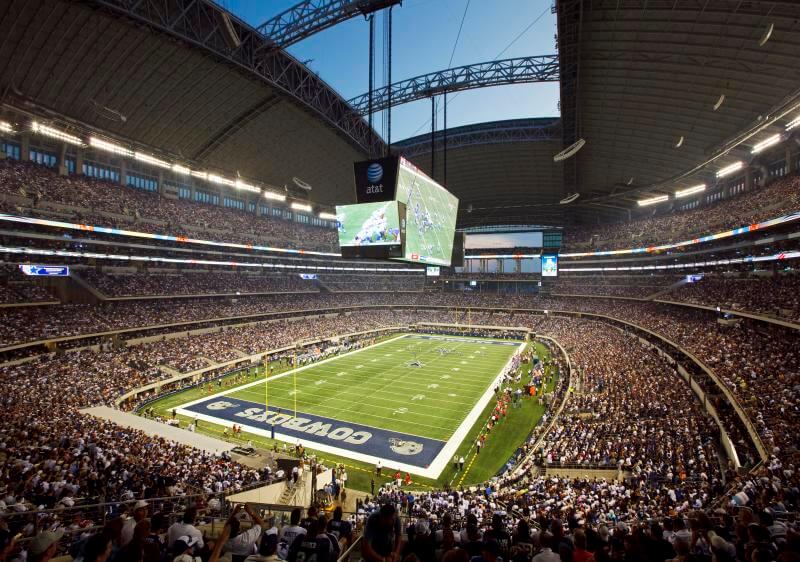
When it comes to the largest NFL stadiums, there are a few stadiums that stand out for their enormous capacities.
The largest NFL stadium is AT&T Stadium in Arlington, Texas, home of the Dallas Cowboys. This massive stadium can hold over 100,000 fans, with an official capacity of 80,000 but the ability to expand up to 105,000 with standing-room only tickets. The open-air stadium contains 300 luxury suites and standing room areas along each end zone.
One of the next largest is MetLife Stadium in East Rutherford, New Jersey, which has a capacity of 82,500 seats. This stadium actually has the largest capacity in the NFL if you don’t count the expanded standing room only capacity of AT&T stadium. Home to both the New York Giants and the New York Jets, MetLife Stadium is the only stadium shared by two NFL teams.
Another huge stadium is FedExField in Landover, Maryland, boasting over 80,000 seats. As home to the Washington Commanders, FedExField contains over 150 luxury suites and was opened in 1997.
Finally, Lambeau Field, home of the Green Bay Packers, rounds out the top 4 with a capacity of over 81,000. As one of the oldest and most legendary stadiums in the NFL, Lambeau has stood since 1957 and contains luxury boxes, club seats, and seating from end zone to end zone.
Beyond these largest stadiums, many other current NFL stadiums have capacities ranging from 60,000 to 75,000 seats for dedicated football fans. The enormous capacities allow hundreds of thousands of spectators to cheer on their teams live each season.
College Football Stadium Capacities
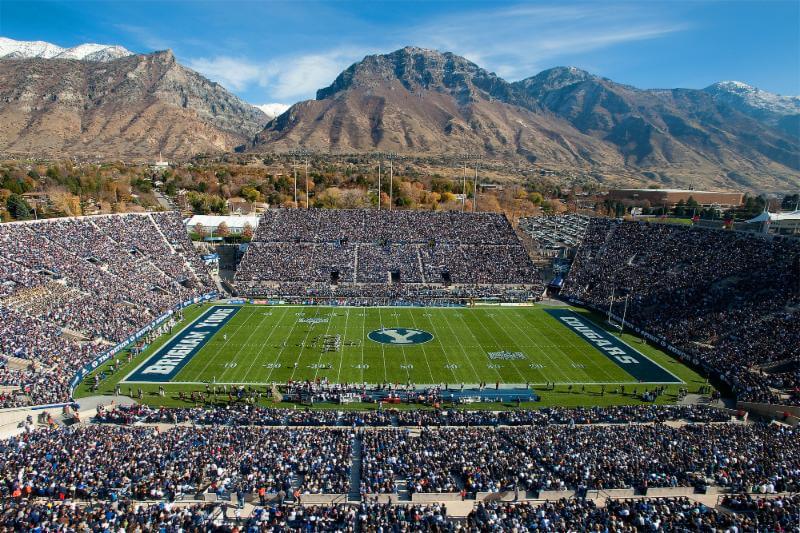
While NFL stadiums hold the most fans on average, college football stadiums can also reach massive capacities.
The largest college football stadiums include:
- Michigan Stadium, University of Michigan – 107,601 seats
- Beaver Stadium, Penn State University – 106,572 seats
- Ohio Stadium, Ohio State University – 104,944 seats
- Kyle Field, Texas A&M University – 102,733 seats
- Neyland Stadium, University of Tennessee – 102,455 seats
The enormous size of these stadiums demonstrates the passion and following behind college football. The University of Michigan’s stadium holds over 100,000 fans, compared to the average NFL stadium capacity of around 70,000.
College stadiums are often larger than NFL venues because college football generates such enthusiasm and school spirit. Many college stadiums hold over 80,000 fans, while NFL stadiums rarely exceed that figure. The pageantry and tradition unique to college football also enables larger capacities.
While NFL teams play 8 home games per season, college teams host 6-7 home games. So the limited schedule increases demand for each college game. The most dedicated fan bases will fill massive stadiums all season long.
Factors That Determine Capacity
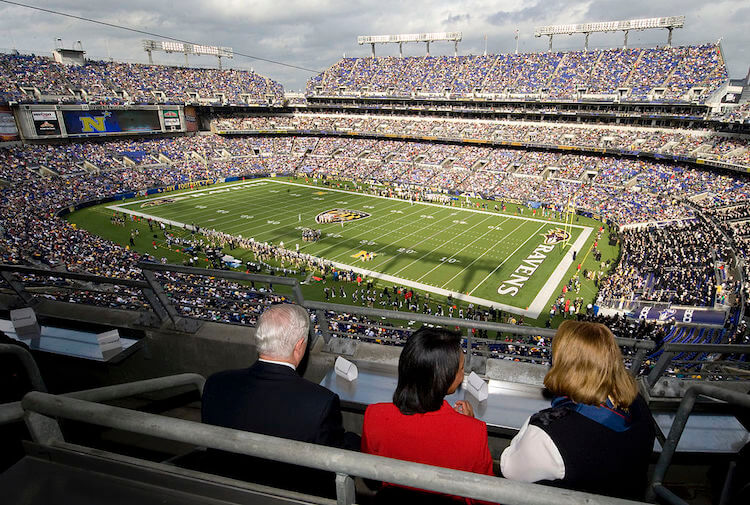
There are several key factors that determine how many people can fit into a football stadium. The most basic is seating capacity. Football stadiums have rows upon rows of seats arranged around the playing field. Seats closer to the field and at midfield typically cost more than those farther away in the end zones or upper decks. In modern stadiums, seats have gotten wider and more comfortable over time. Wider seats mean reduced capacity compared to narrow bench seating.
Many stadiums also have luxury boxes or suites that seat anywhere from 10 to 30+ people in an enclosed viewing area. These premium seats reduce overall general admission seating but increase revenue. Standing room areas are open spaces without any seats that can pack in more fans. Some stadiums sell affordable standing room only tickets. Convertible stadiums can switch between seating and standing room as needed for different events.
Modern amenities like concession stands, bathrooms, and aisles between sections take up space as well. Building codes regulate the number of bathrooms, exits, and other facilities required for a venue’s occupancy. Fire and safety regulations often dictate the maximum capacity.
Configurations like bleachers, sidelines, or an endzone grandstand affect arrangements. Bleacher seating tends to maximize capacity while individual seats reduce it. Outdoor stadiums may have room to expand seating to the grass hillsides. Renovations add or remove seats over time as well. So seating capacity is not a fixed number but rather depends on the stadium design.
Record Attendance
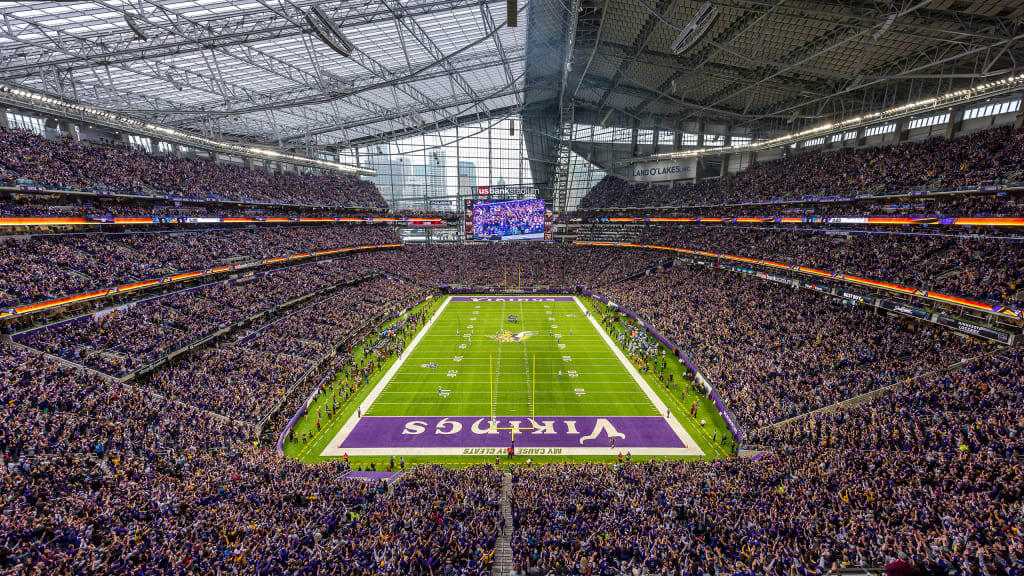
The highest attended football game in history occurred on September 10, 2016 at the University of Michigan Stadium. An NCAA regular season game between the University of Michigan and the University of Central Florida drew a crowd of 115,109 people. This set the record for the largest attendance at a single NCAA football game.
Prior to this, the previous record for highest attendance at a college football game was set on September 10, 2011 when 114,804 people watched a game between Michigan and Notre Dame at Michigan Stadium.
For the NFL, the record for highest attended game occurred on January 20, 1980 at the Rose Bowl Stadium in Pasadena, California. Super Bowl XIV between the Pittsburgh Steelers and the Los Angeles Rams had an official attendance of 103,985. However, it’s estimated that over 115,000 people were actually in attendance, which would exceed the Michigan vs UCF game.
The next highest attended NFL game was Super Bowl VII on January 14, 1973 at the Los Angeles Memorial Coliseum. Official attendance was 103,067 for the matchup between the Miami Dolphins and Washington Redskins.
While regular season NFL and NCAA games can draw massive crowds, the Super Bowl continues to be the singular event that attracts the largest audiences. The stadium’s capacity, matchup, teams’ market sizes, and other factors all contribute to the total attendance records set throughout history.
Calculating Total Max Capacity
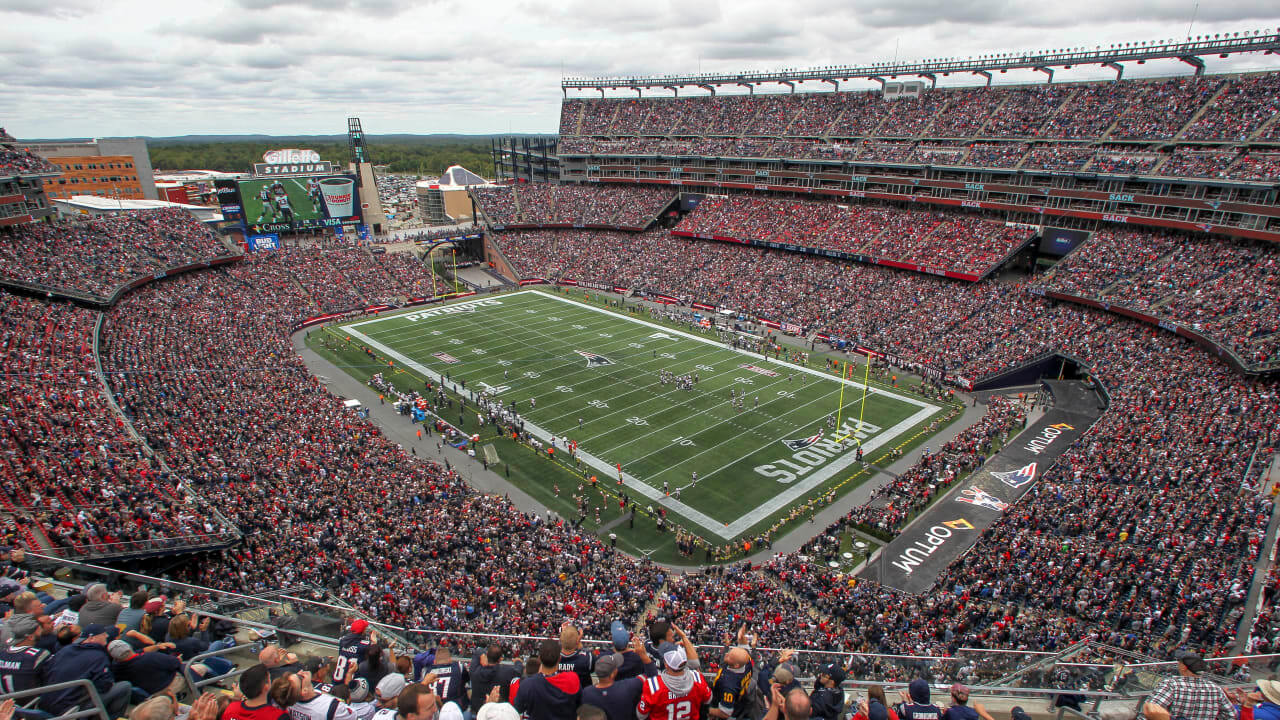
When looking at stadium capacity, there are a few key factors to consider beyond just the number of seats. Many stadiums allow for standing room only tickets, which increases the total number of people that can fit inside. Additionally, some venues may also sell tickets for suite seating or special hospitality areas that are separate from the main stands.
To calculate the absolute maximum capacity, you have to take the normal seating and add in estimates for these additional attendee areas. Standing room only sections are extremely variable, but a general rule of thumb is to allot about 1 square foot per person. So a stadium with 60,000 seats may be able to fit another 5,000-10,000 people in designated standing sections. Suites and special seating areas could add a few thousand more to this total if they are included.
When looking at record attendance figures, these areas are all taken into account. The largest crowds are only possible because every seat, suite, standing spot, and special area is packed to the absolute limit. Fire codes and safety regulations usually prevent this total max capacity from being reached, but it demonstrates the potential for massive crowds that large stadiums can hold.
The final total capacity is also dependent on the sport – some venues can hold more people for concerts than sporting events based on how the field/stage area is configured. But by factoring in all attendee zones, an accurate estimate of true maximum capacity can be calculated. This puts into perspective just how many people these enormous stadiums could theoretically contain.
Differences Across Sports
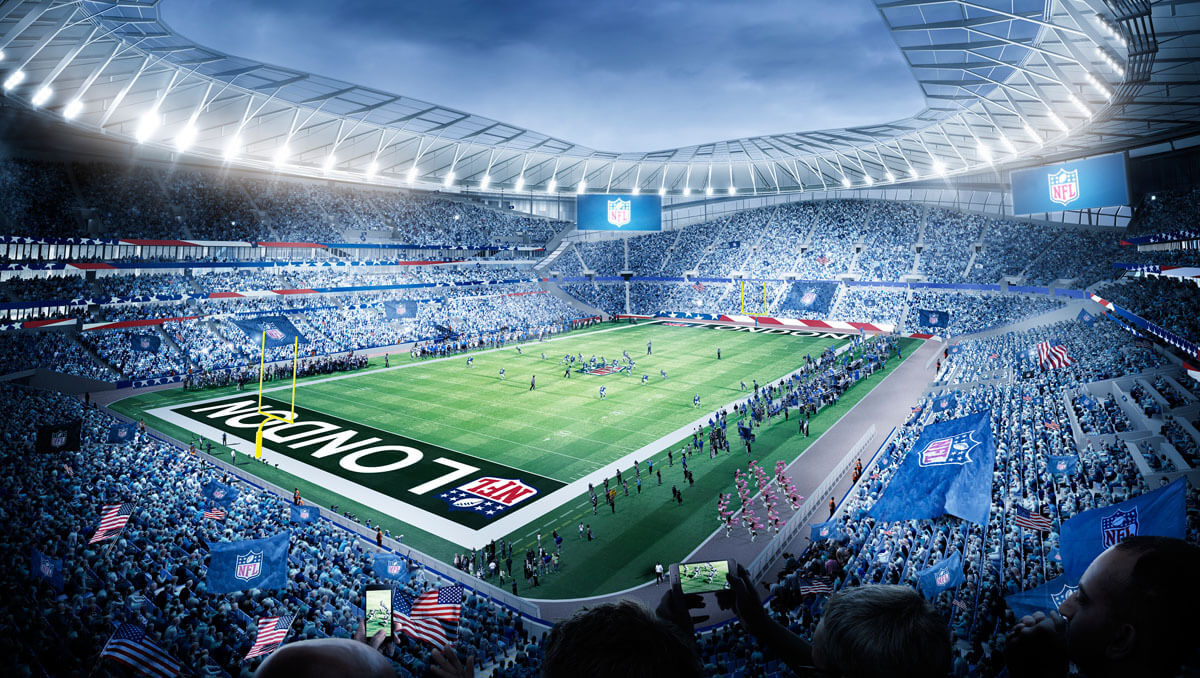
The capacity of football stadiums varies greatly compared to other major professional and collegiate sports in the United States. For example, the average capacity of an NFL stadium is around 70,000, while the average for an MLB baseball stadium is closer to 45,000. NHL hockey and NBA basketball arenas tend to have even smaller capacities, usually ranging from 15,000 to 22,000 for NBA arenas and between 17,000 and 19,000 for NHL arenas.
When looking at colleges, the average capacity of an FBS football stadium is around 45,000, which dwarfs most college basketball arenas that tend to seat fewer than 15,000 fans on average. Certain big college football programs such as Michigan, Penn State, and Ohio State have stadiums that hold over 100,000 spectators.
The massive capacities for football versus other major sports likely stems from football’s incredible popularity combined with fewer home games per season. Having 8 home NFL games per season versus 41+ for MLB and NHL means the limited supply of tickets results in huge demand. Additionally, football is better suited for large crowds given the size of the playing field. Overall, football stadiums are in a league of their own when it comes to maximum capacity.
Notable Small Stadiums
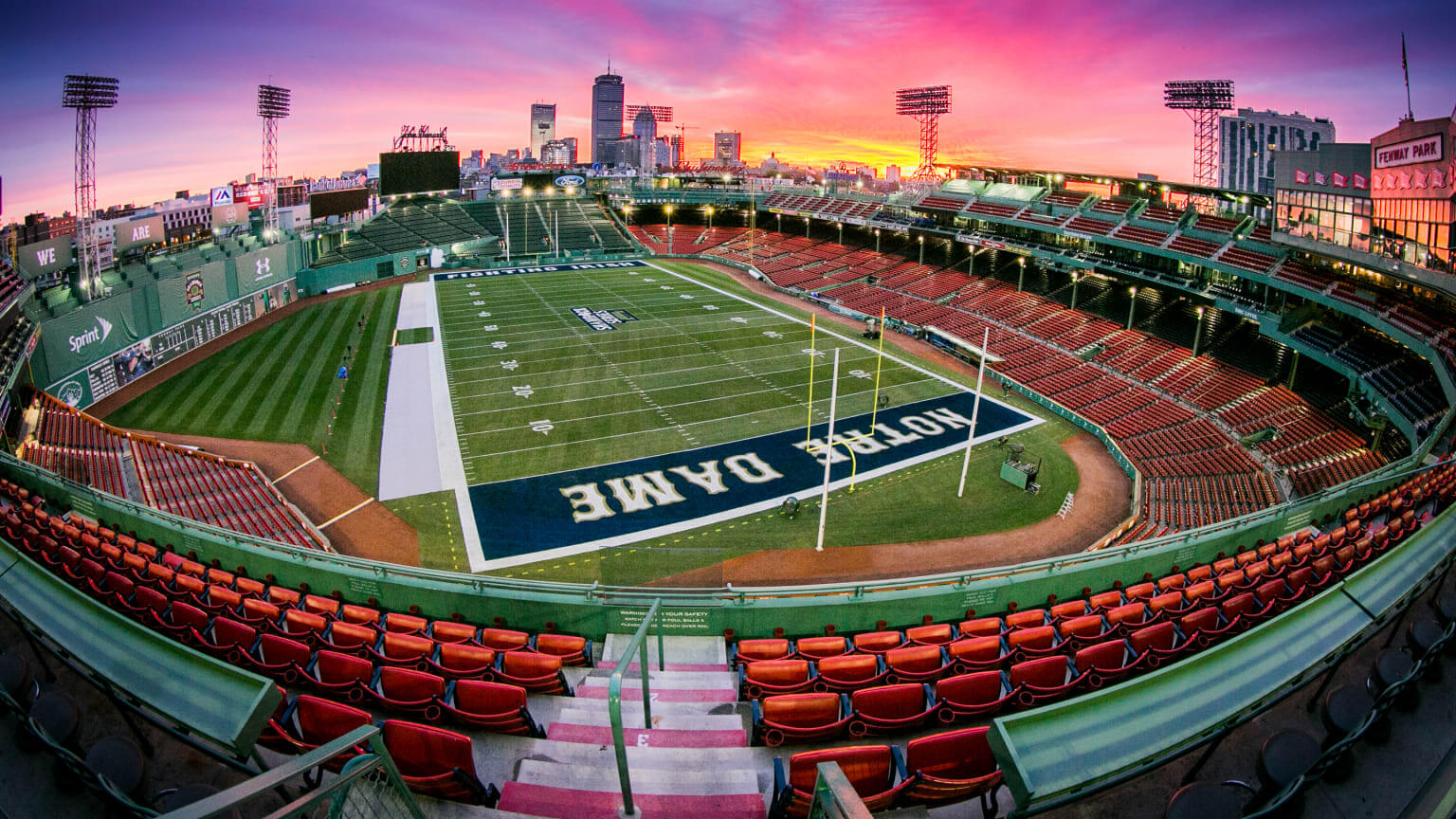
Even though massive stadiums get most of the attention, there are some famous sports venues with surprisingly small capacities.
Here are some notable examples of stadiums with low capacity:
Fenway Park – Boston, MA
- Historic baseball stadium, home of the Boston Red Sox
- Opened in 1912, oldest ballpark in MLB
- Seats only 37,305 for baseball
- Small capacity creates an intimate atmosphere and makes getting tickets easier
Cameron Indoor Stadium – Durham, NC
- Home court of the Duke Blue Devils basketball team
- Opened in 1940 and seats only 9,314
- The cozy size allows Cameron Crazies to create an electric home atmosphere
Lambeau Field – Green Bay, WI
- Legendary football stadium, home of the Green Bay Packers
- Opened in 1957 and seats 81,441
- Small by today’s standards but packed with loyal Cheeseheads
Allen Fieldhouse – Lawrence, KS
- Home of the Kansas Jayhawks basketball team
- Opened in 1955 and seats 16,300
- Rocking college basketball atmosphere in an intimate setting
While massive stadiums accommodate huge crowds, smaller venues create special fan experiences. Their cozy sizes allow dedicated fans to generate intense atmospheres.
Conclusion
Just how many people can fit into a football stadium? As we’ve seen, stadium capacities can vary greatly depending on the level of play and specific stadium.
Professional NFL stadiums generally have capacities ranging from around 60,000 up to over 100,000 for some of the largest venues. Iconic stadiums like AT&T Stadium, home of the Dallas Cowboys, can pack in over 100,000 screaming fans.
College football stadiums also boast massive capacities, with the University of Michigan’s Michigan Stadium leading the way with 107,601 seats. The passion for college football translates into some of the biggest crowds you’ll find in sports.
While most pro and college stadiums max out between 60,000 to 100,000 seats, many factors influence final capacity numbers. This includes physical space, seating configurations, amenities, and requirements for aisles and exits. Careful calculations are required to optimize crowd size while maintaining safety.
The overall record belongs to North Korea’s Rungnado May Day Stadium at 150,000 seats. But for American football, capacities reach an absolute limit due to the sport’s configuration and spectator demands. And compared to other sports like car racing and tennis, football stadiums are indeed giants, befitting of the NFL’s status as America’s most popular sport.







